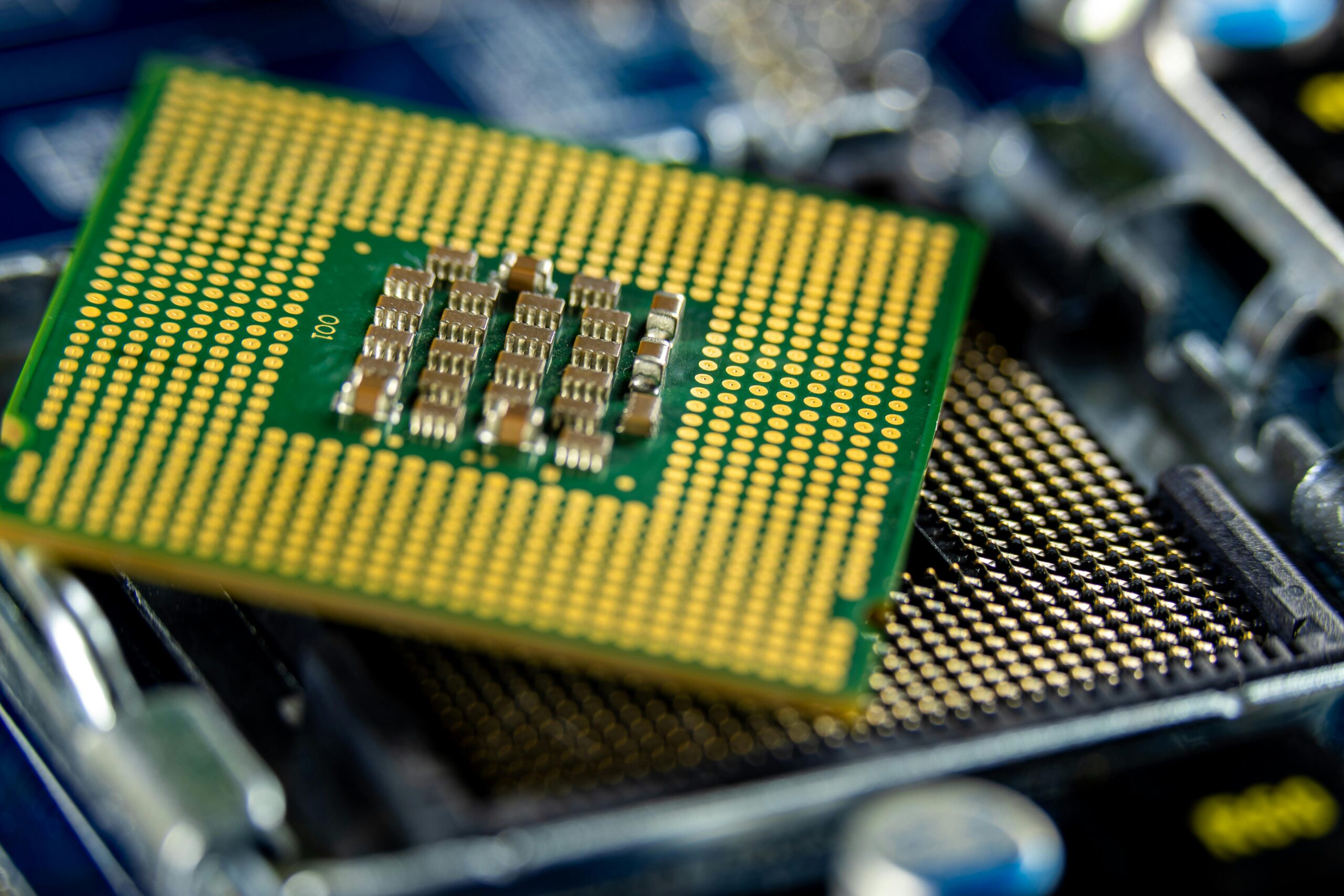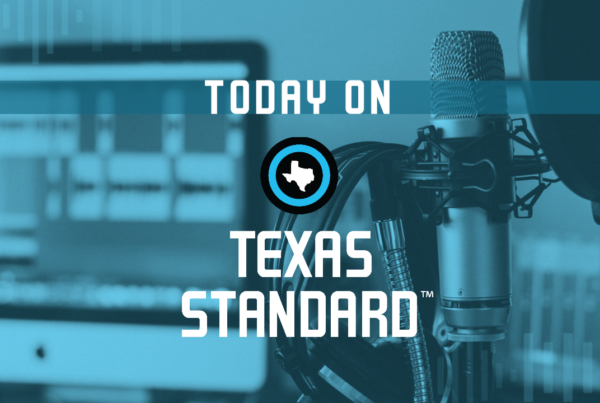In 1958, a new employee at Texas Instruments changed the world.
While his co-workers were on vacation, Jack Kilby killed time by tinkering with what became the world’s first microchip. He probably didn’t imagine that the world would rely on his invention as much as it does water or crude oil.
Now though, the global competition to cheaply produce chips is in full swing, and the U.S. government is betting on Kilby’s old company to help them win. Texas Instruments recently received a $1.6 billion grant from the U.S. Commerce department for new chip-building facilities, including one in Sherman.
Mackenzie Hawkins, a reporter for Bloomberg Technology, spoke to Texas Standard about the investment’s impact. Listen to the interview above or read the transcript below.
This transcript has been edited lightly for clarity:
Texas Standard: It’s a lot of money, $1.6 billion. Can you give us some more specifics about how TI hopes to use this money?
MacKenzie Hawkins: So this grant comes from the 2022 CHIPS and Science Act, which is basically this massive U.S. government push to bring more semiconductor manufacturing back to American soil, targeting everything from the chips that run leading AI technologies to what are considered current and mature node chips that are in everyday devices like your microwave or your phone. And those are the chips that Texas Instruments dominates in and is going to be making more of in Texas.
So they’re building as many as four factories in Sherman, and two of them are going to be supported by this $1.6 billion grant, plus $3 billion in loans, and something on the order of $6 to $8 billion in tax credits.
These chips are sort of the lower end industrial grade? Not the AI stuff that Nvidia has been getting so much press for making?
Yeah. So these are not Nvidia chips. But they are used in pretty much every type of technology.
So we have chips at what are considered the leading edge or cutting edge chips. And you’re right, those are chips like those made by Nvidia, or competitors AMD and Intel are also in the AI chip space. But chips are in pretty much every type of technology.
It was actually the shortage of older generation chips, sometimes known as legacy chips, that caused auto supply lines to shut down during the pandemic. That made it impossible for you to order any basic consumer electronic a couple years ago. So when lawmakers were fashioning what ended up becoming the CHIPS act, they pushed for a $2 billion minimum; said to the Biden administration: “you have to spend at least this much of a total $39 billion in grants on those older technologies.”
And so you see this big grant to Texas Instruments and also a very similarly sized grant to GlobalFoundries, another maker of so-called legacy chips that are aiming to capture that more mature side of the market.
What are the implications for Texas? I mean, we’ve been hearing a lot about how Texas is becoming a new sort of chipmaking hub – Samsung digging in deep here in Texas, among other chip makers. What’s going on?
So Texas is certainly one of the biggest beneficiaries of this semiconductor push, correct. Samsung is also a massive recipient of CHIPS Act money. They’re in line to receive $6.4 billion in grants. GlobalWafers, a Taiwanese company, is on line to win $400 million in chip stock grants.
And, you know, we are talking in some cases about companies that have a long standing presence in the Lone Star State, TI and Samsung included. But they’re expanding their U.S. presence in large part because of the subsidies on offer from the federal government and also many state governments as well.
» THE FUTURE OF WORK IN TEXAS: A drive to boost the U.S. semiconductor industry means jobs for Texas
We’re talking about the creation of lots of new jobs. I mean, how big of a deal is this for a state the size of Texas, do you think?
I mean, the Texas Instruments factories alone are expected to generate around 2,000 manufacturing jobs, thousands more in construction. Samsung’s also on the order of thousands of jobs.
You know, this is coming as a part of a broader industrial push that spans not just semiconductors, but also clean energy, electric vehicles, batteries… So you’re seeing many, many factories come online in Texas and throughout much of the Sunbelt. And those will come with thousands of construction jobs that folks are seeing right now.
And when these factories actually open, some as soon as next year, you will start to see lots of factory jobs that generally are pretty good wages. And folks seem really excited about them.
The re-industrialization of America.
That’s what the Biden administration certainly hopes it will be. And it’s important to remember also, the CHIPS Act is a bipartisan push. Lots of key members of the Texas delegation in Washington were championing the legislation.
Congressman Mike McCaul, you may have heard talk about the CHIPS Act in the past. Sen. John Cornyn has been quite involved as well. So, yeah, people are hoping that this is going to be factories actually coming back to America for real this time.
But there’s a long road ahead. You know, there are worker shortages facing the chip industry. The plants actually still have to get built. And the U.S. is not the only government playing in this game. Almost every industrialized economy around the world is pouring billions and billions of dollars into the industry.
And I think something really important for folks to remember is $1.6 billion to Texas Instruments sounds like a lot of money – it is a lot of money, it’s taxpayer money – but it’s a really small amount of money for the semiconductor industry. The program is $39 billion – that’s barely more than one year’s spending by a top chipmaker. So it’s going to take a lot of effort to get these factories back up and running on U.S. soil.













